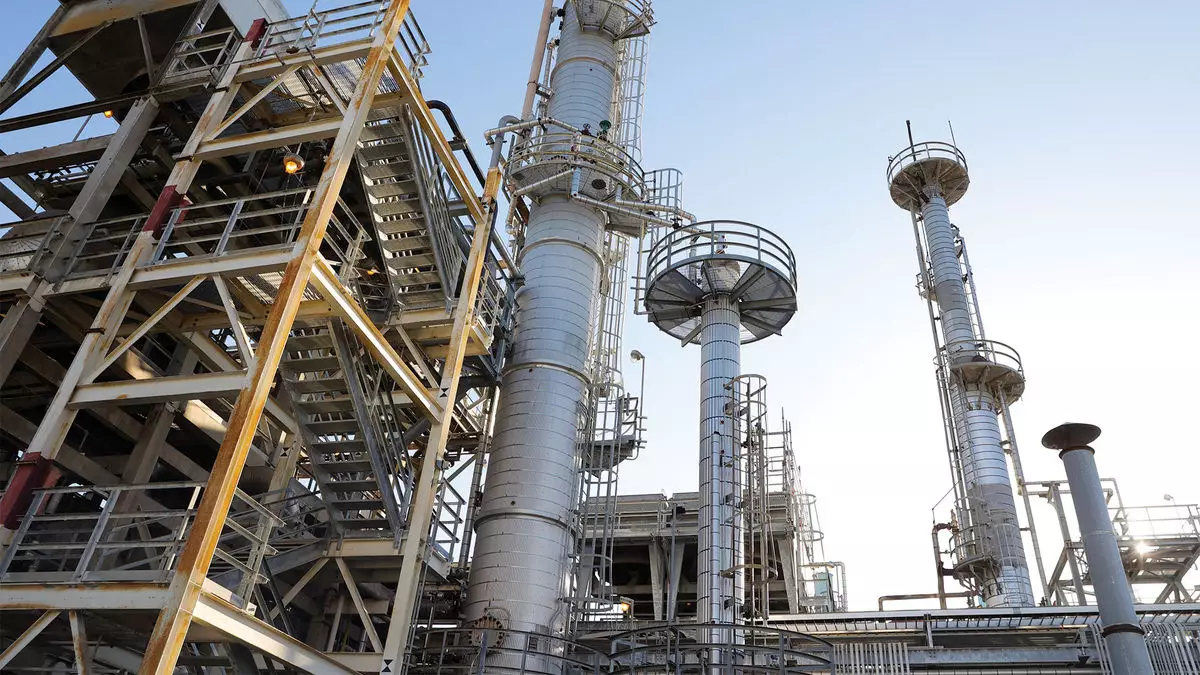The aviation industry stands at a pivotal juncture in its pursuit of sustainable practices, particularly concerning the production of sustainable aviation fuel (SAF). Recently, there has been a notable increase in SAF production in the United States, a trend buoyed by various federal initiatives, particularly those initiated during the Biden administration. However, the future landscape is shrouded in uncertainty, primarily due to shifts in political will and administrative policies, especially with the Trump administration now poised to influence regulations.
In recent years, SAF production in the U.S. has experienced significant growth. From a mere 7.9 million gallons in 2022 to 38.7 million gallons in the following year, production volumes are on an upward trajectory. This acceleration is attributed to not only favorable legislation but also the proactive commitments made by airlines aiming for net-zero emissions by 2050. Such commitments have been echoed by the International Air Transport Association (IATA), which has indicated that SAF might account for 65% of the necessary emissions reductions within the aviation sector.
The recent projections suggest the U.S. could reach a production capacity close to 800 million gallons in 2023, a feat driven by new entrants like Phillips 66 and Valero, along with expansions in existing facilities. Nonetheless, these numbers come with a caveat, as political interventions threaten to derail these advancements.
One of the critical boosters for SAF production has been the Inflation Reduction Act, which implemented a series of tax credits aimed at boosting SAF demand. These credits, amounting to between $1.25 to $1.75 per gallon, were instrumental in incentivizing the fuel’s usage, given its premium price tag—roughly $2 more per gallon than conventional jet fuel.
However, this program’s expiration at the end of 2024, followed by the introduction of a new tax regime with sliding credits, raises considerable concerns. While the Biden administration released guidance for this new initiative at the start of the year, the regulations’ actualization rests upon the Trump administration’s decision-making. This process has been further delayed by a regulatory freeze imposed by the new President, introducing a layer of unpredictability that could stifle further growth.
Experts in the sector have expressed alarm over the potential repercussions of the current political climate on SAF production. Industry insiders, such as Adam Schubert from Stillwater Associates and Fayaz Hussain, editor of SAF Investor, highlight that uncertainty regarding tax credits could lead to reduced production. Given that airlines rely on these incentives to offset the price differential between SAF and traditional fuels, any hesitation in the support structure could deter new purchases and affect overall demand.
The instability is compounded by the delay of significant loan agreements and cuts to federal resources dedicated to SAF initiatives, indicating that even committed projects may find themselves in a quagmire. Companies like Montana Renewables, which were on track to significantly expand their production capacity, now face an interminable wait, possibly derailing their growth plans.
Despite the looming questions surrounding federal policies, the SAF industry remains hopeful, suggesting that its objectives align with broader political agendas. For instance, SAF production could dovetail with aspirations for rural job creation and increased agricultural markets—central themes for the Trump administration. Stakeholders believe there is a unique opportunity for collaboration to showcase how SAF can intertwine with national energy strategies.
Furthermore, some industry leaders, like Scott Lewis from World Energy, emphasize their willingness to adapt to new political climates, stressing the necessity for clarity in regulations. This readiness hints at a larger strategy where the industry advocates for its benefits across the political spectrum, aiming to garner bipartisan support even if direct federal backing may wane.
In the face of federal uncertainty, several states have begun implementing their own SAF incentives, providing a lifeline for advancing sustainability efforts at a local level. States like Washington, Illinois, and Minnesota have taken the initiative in promoting SAF production and using state-level incentives to maintain momentum despite national unpredictability.
While the trajectory of SAF production remains at the mercy of political machinations, stakeholders continue to press for supportive measures, with a focus on generating localized support that can withstand the ebb and flow of federal strategies. This localized support may serve as the silver lining in an otherwise cloudy forecast for the SAF sector.
While the growth of sustainable aviation fuel production offers a glimpse of hope for eco-conscious aviation practices, the unpredictability fueled by shifting political leadership threatens to capsize the progress made thus far. How stakeholders navigate these turbulent waters will largely define the future of SAF in America.


Leave a Reply